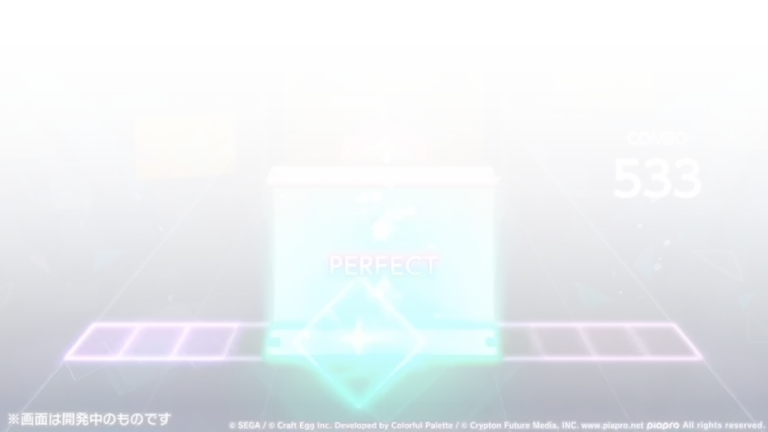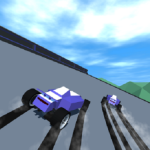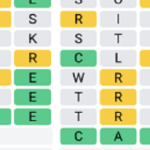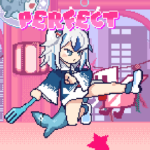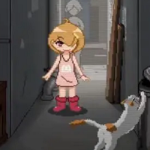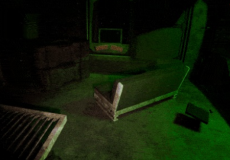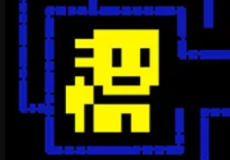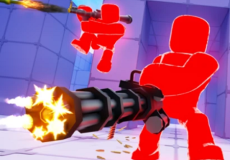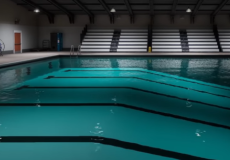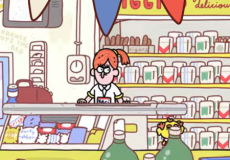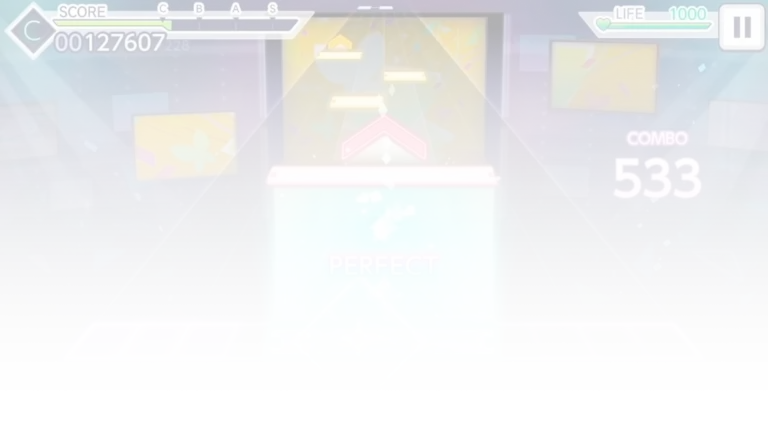
Abodtion
Advertisement
Abodtion is a first-person game that takes place inside a newly inhabited apartment. After an undefined incident, the player is prompted to settle into a new space, beginning with the mundane task of unpacking boxes. At first, the surroundings feel safe and neutral — patterned wallpaper, kitchen appliances, and framed photos suggest a typical domestic setting. But as the environment is explored, changes in sound, lighting, and interaction subtly erode the sense of stability, pointing toward an unseen emotional weight beneath the routine.
Advertisement
Similiar games
Abodtion is a first-person game that takes place inside a newly inhabited apartment. After an undefined incident, the player is prompted to settle into a new space, beginning with the mundane task of unpacking boxes. At first, the surroundings feel safe and neutral — patterned wallpaper, kitchen appliances, and framed photos suggest a typical domestic setting. But as the environment is explored, changes in sound, lighting, and interaction subtly erode the sense of stability, pointing toward an unseen emotional weight beneath the routine.
A Familiar Space That Shifts
The apartment layout in Abodtion appears functional and ordinary, with rooms like a bedroom, kitchen, and hallway. The player’s actions — placing objects, reheating meals, opening drawers — all feel expected, yet something begins to shift. Reflections don’t match movement, certain items return after being moved, and the ambient noise gains an unnatural tone. These changes are not announced but emerge over time, requiring players to remain alert to their own memory and environment. The game’s visual design leans into a soft, low-resolution aesthetic that contrasts with the unease it gradually builds.
Interactions That Reveal Meaning
Central to the progression in Abodtion is the use of everyday items as narrative anchors. A microwave becomes a repeating point of interaction, linking past events to present discomfort. Each item unpacked feels loaded with implication, as though the act of arranging them is not only for utility but also symbolic. The gameplay avoids explicit cutscenes or spoken dialogue, relying instead on environmental storytelling and the consequences of player movement. By touching and placing objects, the player participates in reconstructing something lost — though the game never says exactly what.
A Short Narrative with Lingering Weight
Although Abodtion is brief in playtime, it compresses a heavy emotional experience into its 15-minute window. The pacing is steady but reactive, responding to what the player chooses to interact with and how they move through the space. The sound design grows more layered as the game continues, using silence and repetition to signal moments of tension. There is no clear win condition or resolution — the end is not marked by closure, but by a final reminder that something is still unresolved. What begins as a simple relocation becomes an inward confrontation.
Abodtion builds its experience without spectacle or instruction, using domestic routines to frame themes of absence, memory, and disconnection. By reimagining objects and spaces as emotional cues, it invites the player to inhabit not just a new apartment, but a moment of loss that never fully passes. Through restrained design and focused interactions, the game explores how something can feel both present and gone — how a home can echo with something that was never allowed to fully exist.
Discuss Abodtion
